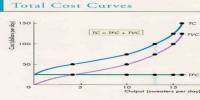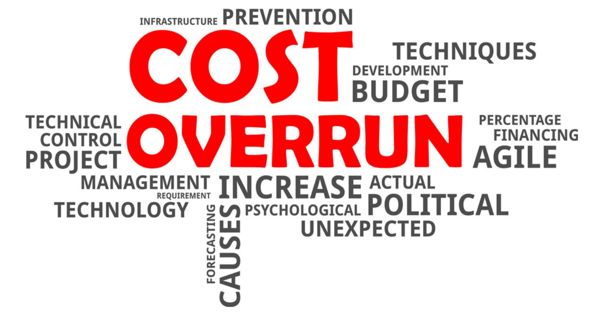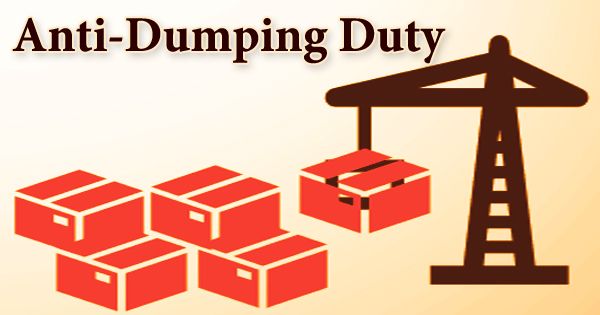Artificial scarcity refers to the shortage of commodities notwithstanding the availability of production technologies or sufficient capacity for sharing. It refers to a perceived scarcity of products, in which the availability of the items is portrayed as being less than what it truly is. Monopoly pricing structures, such as those enabled by-laws restricting competition or by high fixed costs in a certain marketplace, are the most typical causes. This provides the idea that the item stock is about to run out, although in reality, it does not have to. The inefficiency caused by artificial scarcity is formally referred to as a deadweight loss.
Artificial scarcity is an economic principle, not an ethical or legal one. Participants were asked to rate the worth and beauty of cookies that were either plentiful or scarce. According to the findings, cookies in short quantity were assessed as more attractive than cookies in plentiful supply. The participants were then informed that there was a cookie shortage due to either an accident or a high demand for cookies. Cookies in short supply due to great demand were ranked higher than cookies in short supply due to an accident. According to this study, when an object is limited, in high demand, or out of reach, it is viewed as more valuable.
In a capitalist economy, a business is considered successful and efficient if it is profitable. To maximize profits, producers may limit production rather than assuring optimal resource utilization. In a capitalist or mixed economy, this approach of firms limiting production in order to maximize profits is known as generating artificial scarcity.
Artificial scarcity makes potential clients more attentive to the value that businesses convey with their products or services. This strategy has been adopted by industries ranging from e-commerce to diamonds to control the pricing of their products without the need for additional marketing or R&D spending. However, such approaches must be used properly in order to establish a long-term relationship with clients based on trust and a genuine exchange of actual value.
Artificial scarcity is defined as “the shortage of items notwithstanding the existence of either the technology and production capacity or the sharing ability to generate a potentially endless abundance.” The truth is that we are intrigued when we believe we cannot have something. Artificial scarcity moves our focus away from the loss of money we’d be trading for a product (“I’m not sure I want to spend $75 right now…”) and toward the potential loss of that thing (“I don’t want to lose out on those boots if only 200 pairs are created in that color”).
















